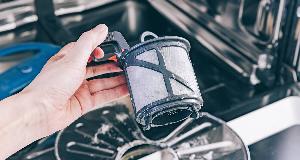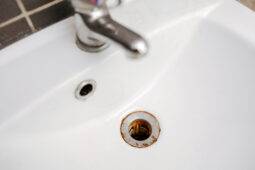How To Properly Dispose Of Old Gasoline
Old gasoline is more than just a waste of space. It can be a fire hazard, damage your equipment, and harm the environment if not handled the right way. Whether it’s been sitting in a gas can, mower, or generator, stale fuel needs to be dealt with carefully. If you’ve discovered some old gas and aren’t sure what to do with it, here’s how to dispose of it safely and responsibly.
Recognize When It’s Gone Bad
Gasoline doesn’t last forever. If it’s been sitting unused for more than three to six months, there’s a good chance it’s degraded. You can tell if it’s gone bad if it smells sour, appears darker in color, or leaves behind residue. Trying to reuse gas that’s turned can clog engines or cause them to run poorly. Before thinking about how to get rid of it, confirm whether it’s actually bad or just old. If in doubt, it’s better to be cautious and treat it as unusable.
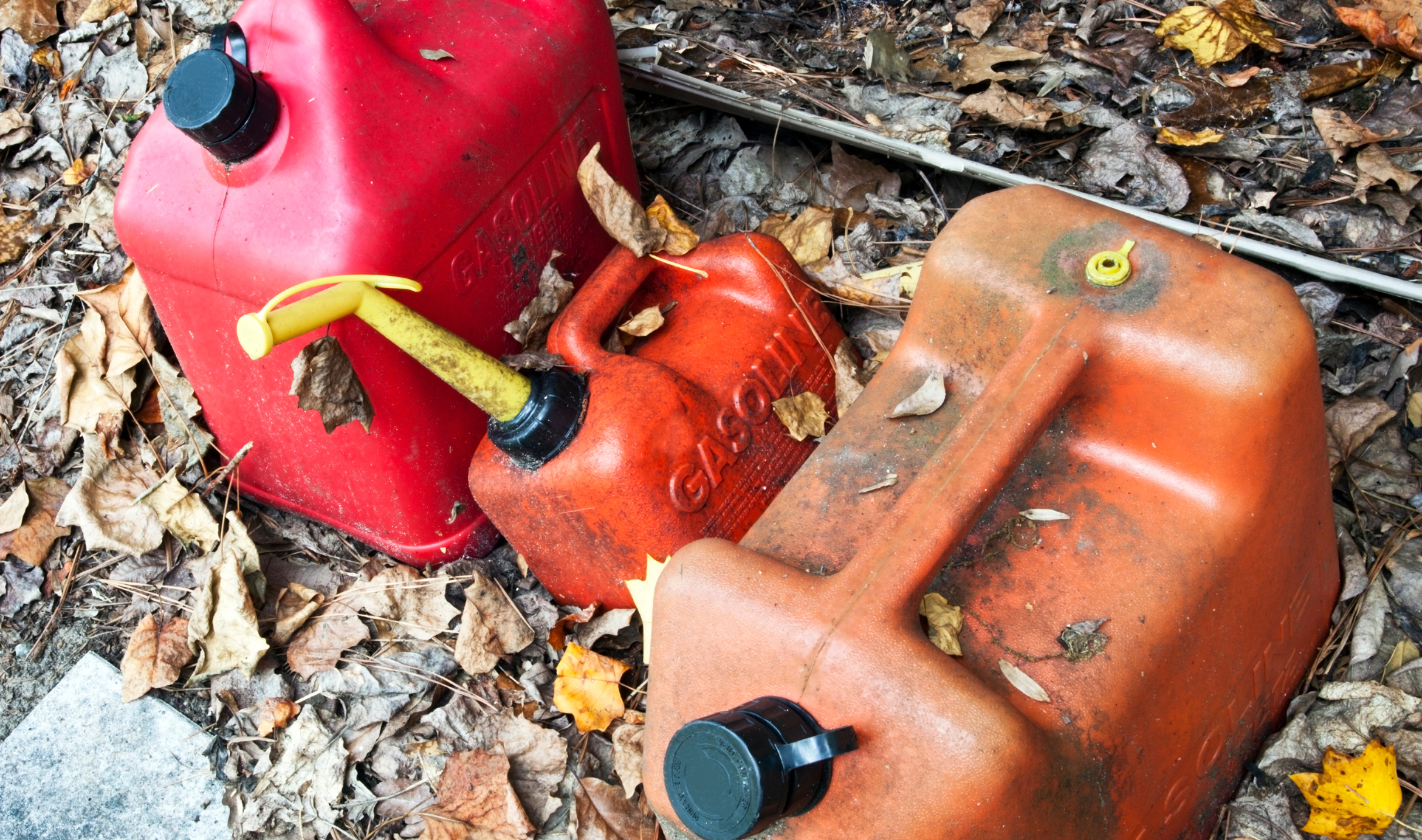
Don’t Pour It Down the Drain
One of the most important things to understand is where not to dispose of gasoline. Pouring it into the soil, storm drains, or regular trash isn’t just careless, it’s actively illegal in many places. It can pollute groundwater, damage pipes, and pose serious health and fire risks. Gasoline is highly flammable and toxic, even in small amounts, so safe handling needs to be your first concern.
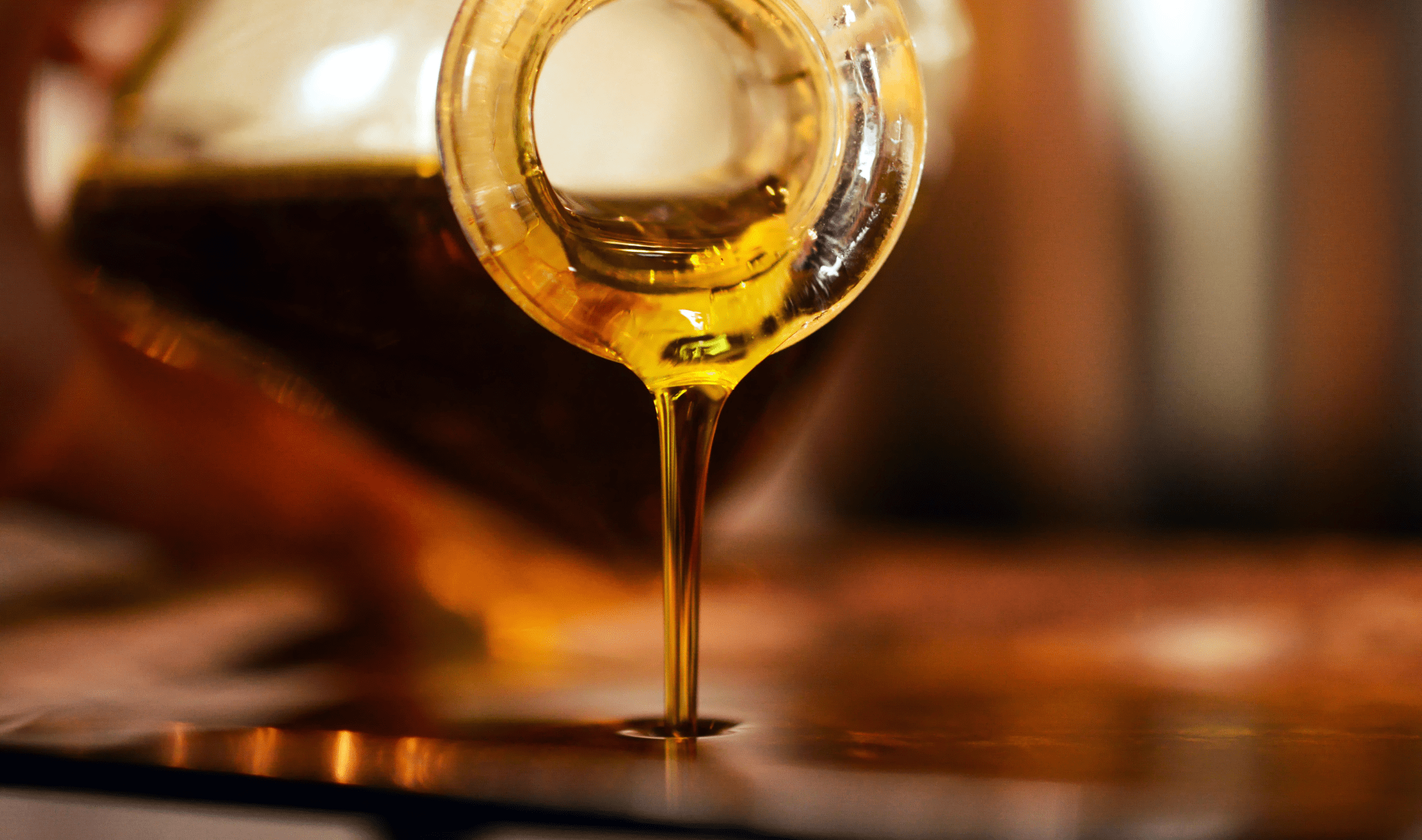
Transfer It to a Safe Container
If the gasoline is still in an engine or an unsafe container, it needs to be moved before you do anything else. Use a proper gas-safe, sealed container designed for fuel storage. Make sure it’s labeled clearly so no one mistakes it for usable gas. Work outside or in a well-ventilated area away from any flames, sparks, or static, and avoid spilling it during the transfer.
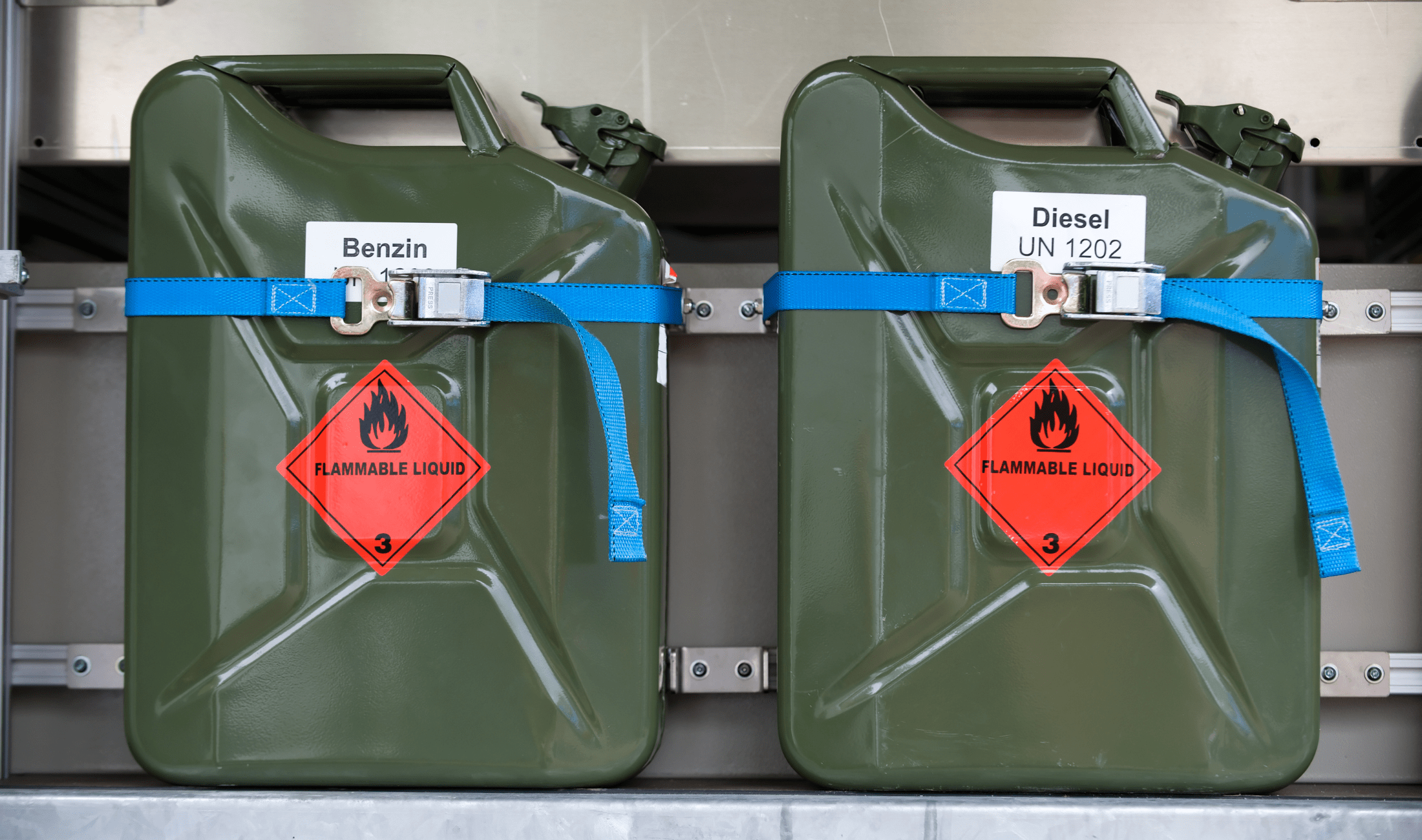
Locate a Local Hazardous Waste Facility
Most cities and towns have designated drop-off locations for hazardous waste, including old gasoline. These facilities know how to manage chemical waste safely. Check with your local municipality or waste management office to find the nearest one. Some areas offer periodic collection days where you can bring gas and other hazardous materials without an appointment.
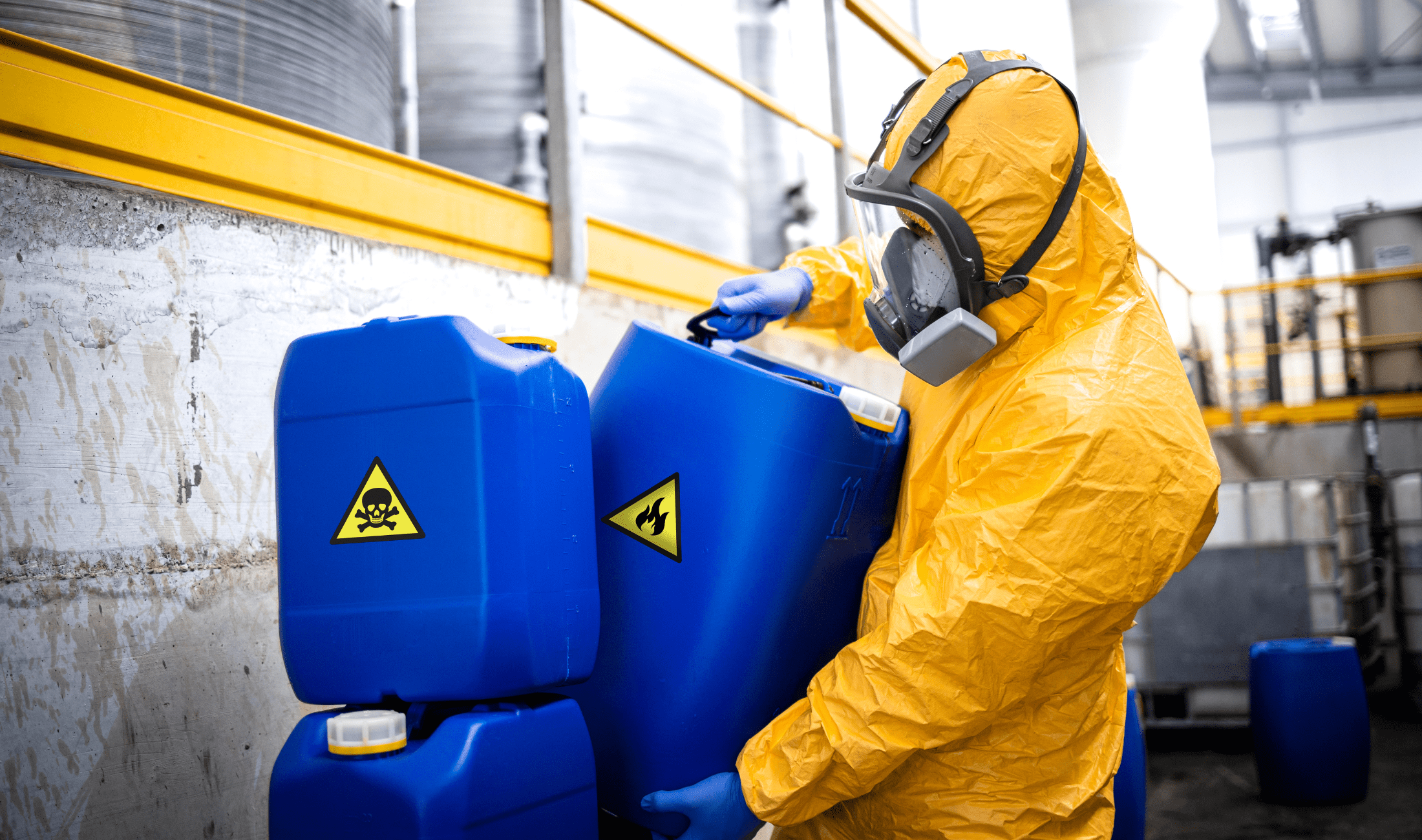
Ask Your Local Auto Shop
Alternatively, some auto shops or vehicle service centers accept small quantities of old fuel for disposal, as they may already have the means to store and transport it properly. While not every shop offers this service, it’s worth calling around. Be sure to describe exactly what you have, how much, and how it’s stored. If they accept it, follow their instructions carefully.
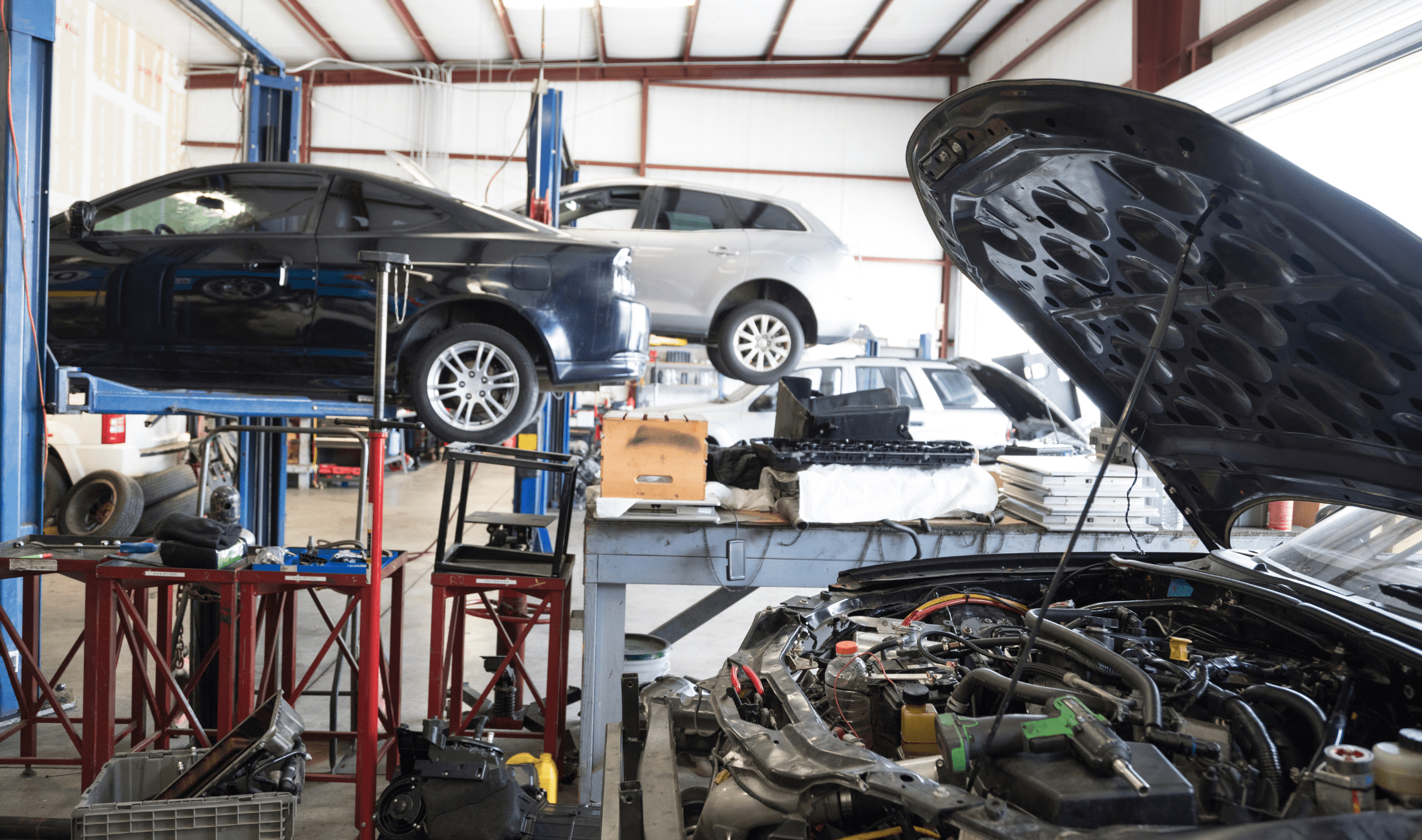
Use a Fuel Stabilizer Next Time
Once you’ve taken care of the old gasoline, it’s a good time to think ahead. If you store gas for seasonal equipment like lawnmowers, snow blowers, or generators, consider adding a fuel stabilizer the next time you buy a can. Stabilizers help extend the life of fuel and prevent buildup. It won’t make gas last forever, but it does give you a longer window before it starts to go bad.
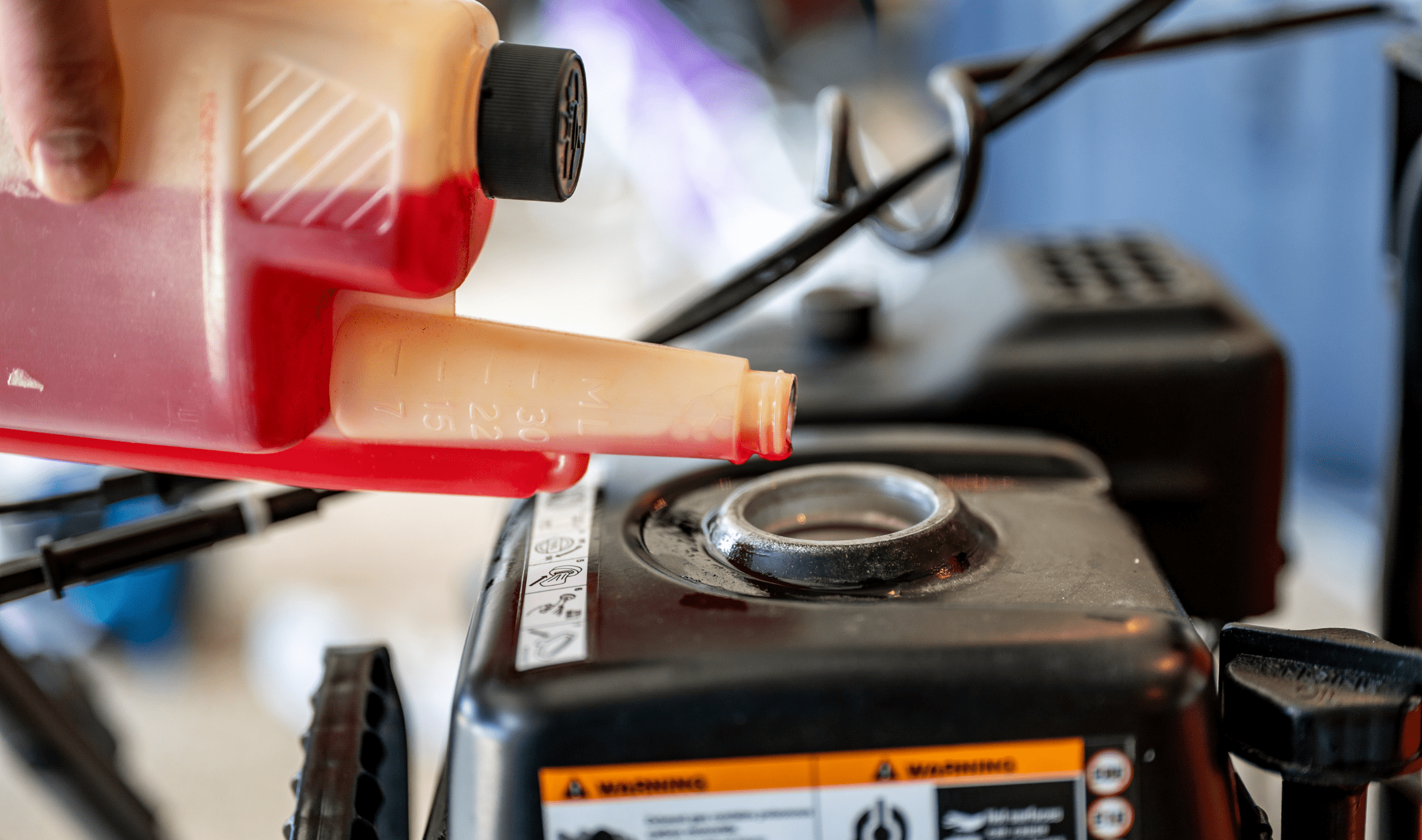
Don’t Try to Burn It Off
You might be tempted to “use it up” by running it through a lawn tool or diluting it with fresh fuel. But if the gas is clearly bad, burning it off isn’t safe or smart. It can damage engines, release harmful fumes, or even start a fire. If you wouldn’t want it near your hands or home, it shouldn’t be anywhere near an open flame or spark, either.
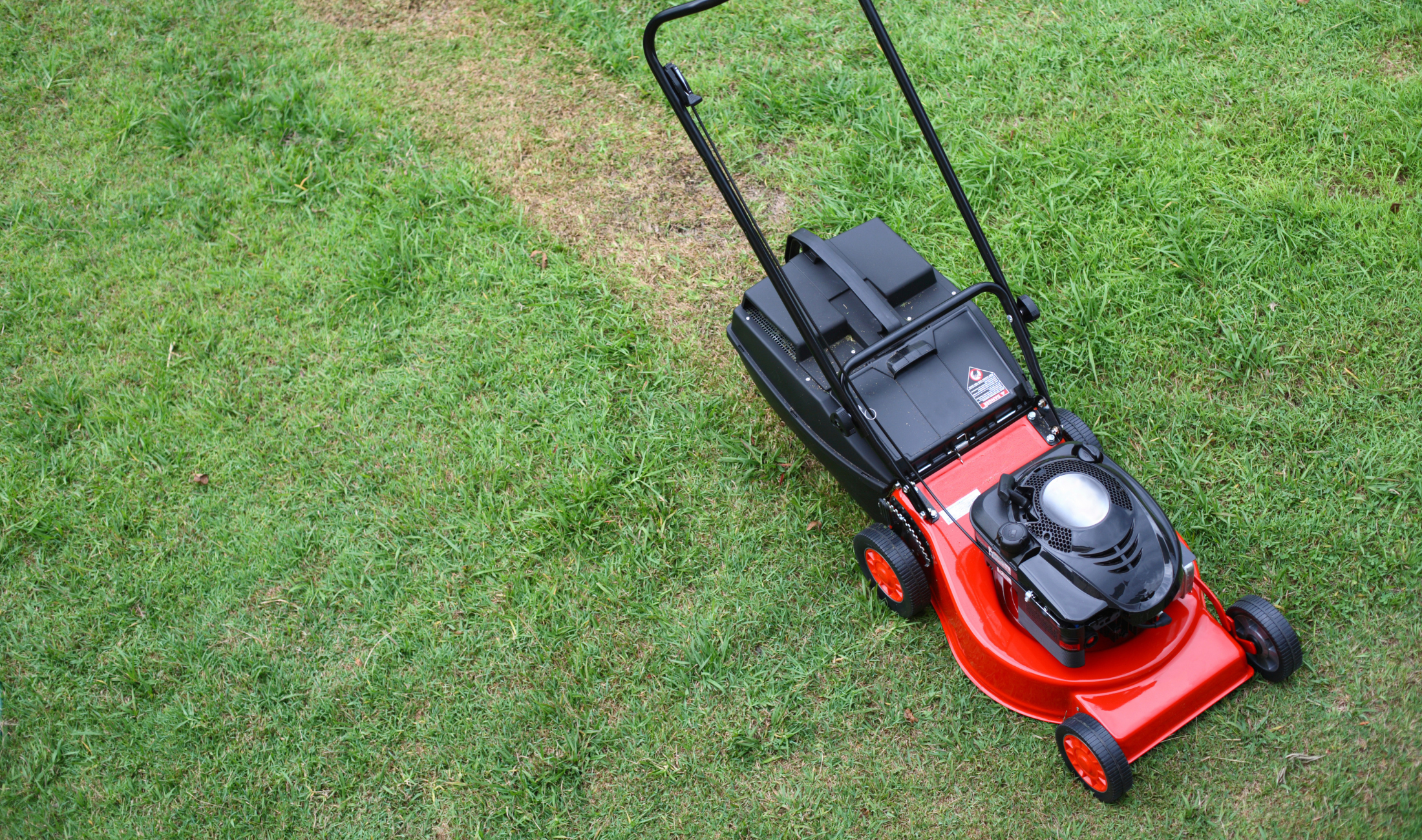
Related Articles
- 10 Things You Should Never Do While Pumping Gas
- 4 Hidden Car Features That You Probably Didn’t Know Existed
- Gas Pump Habits That Could Be Draining Your Wallet
Disposing of old gasoline takes a bit of thinking, but it’s not something you should ignore. Taking the time to handle it properly helps protect your health, your property, and the environment. It also keeps you and your equipment safe from unnecessary risks. If you stay mindful and make disposal part of your seasonal routine, you won’t have to worry about it sneaking up on you again.


